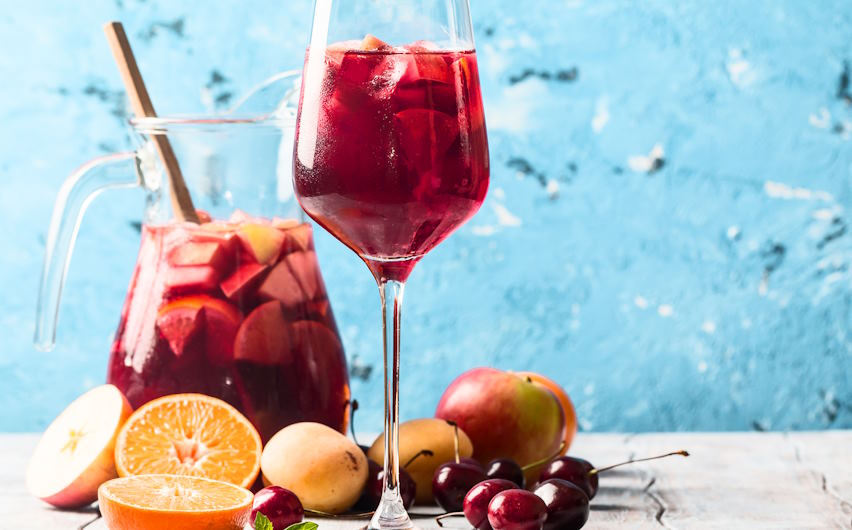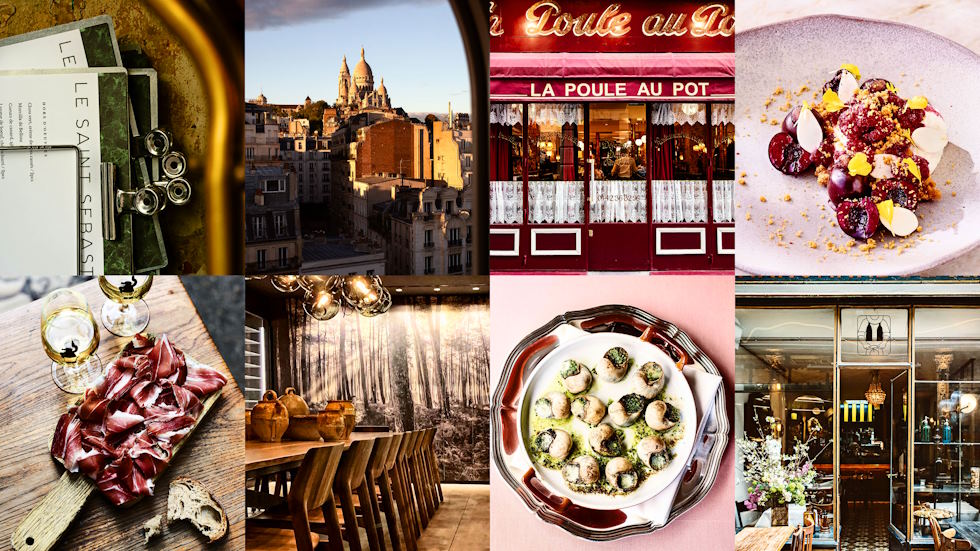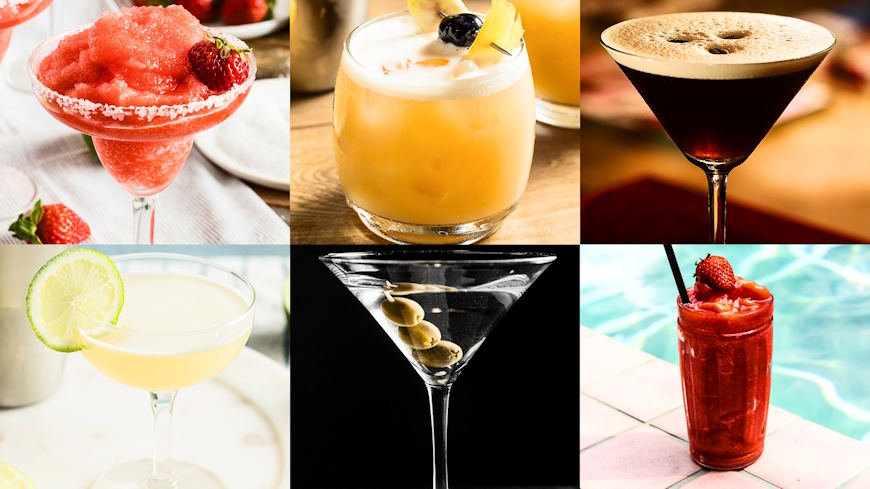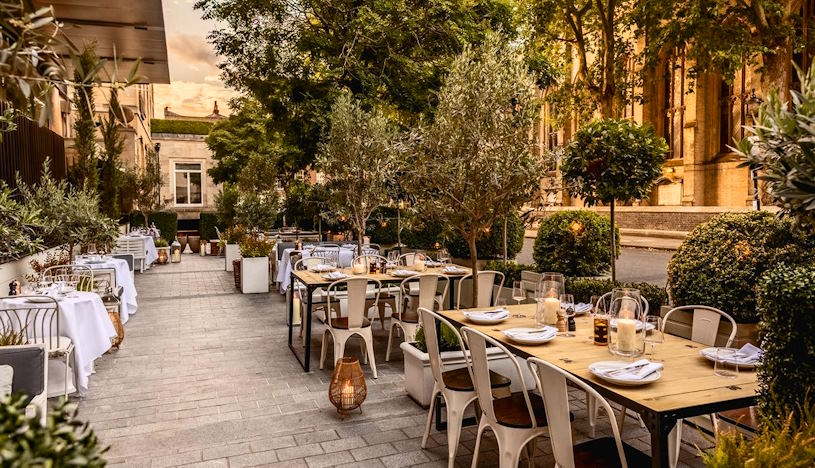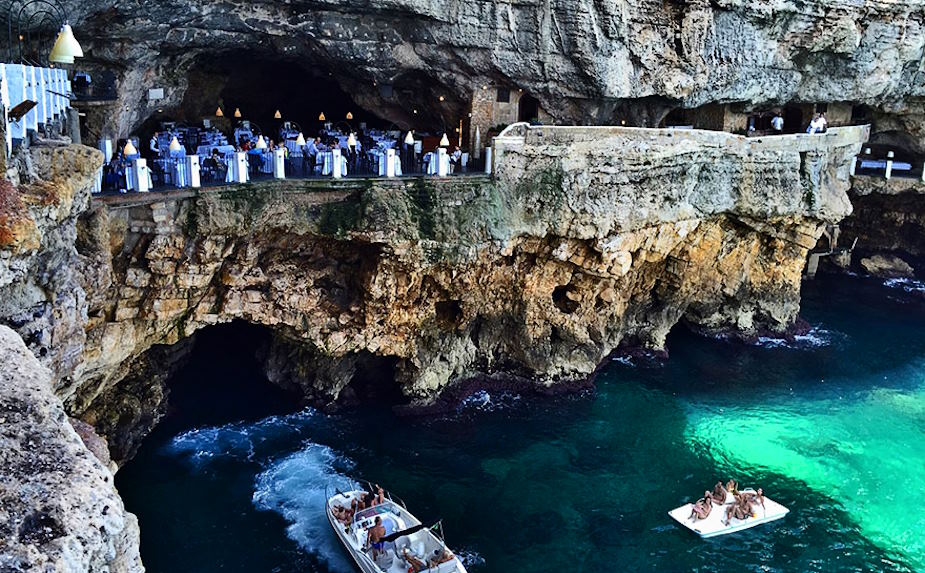In recent years, a captivating transformation has taken place within the world of beverages. As health-consciousness grows and mindful living movements gain momentum, a remarkable trend has emerged: the rise of mocktails. These non-alcoholic concoctions have made a resounding splash in the restaurant industry, captivating the taste buds and imaginations of patrons worldwide. From elegant fine dining establishments to trendy bars, mocktails have become more than just an alternative to alcoholic beverages; they have become a vibrant and innovative part of the culinary experience.
The Evolution of Mocktails
Historical background of mocktails:
The roots of mocktails can be traced back to ancient civilizations where non-alcoholic beverages were enjoyed for various reasons. In ancient India, for example, the Ayurvedic tradition gave rise to flavorful concoctions known as “sherbet,” which combined fruits, herbs, and spices with water. Similarly, the Middle East had a rich tradition of refreshing non-alcoholic beverages like the “sherbet” and “sharbat,” made from ingredients like rose petals, lemons, and mint. These early mocktails served as cooling and rejuvenating drinks, enjoyed by both the young and old.
Traditional non-alcoholic drinks and their influence:
Mocktails draw inspiration from a wide range of traditional non-alcoholic drinks that have been cherished in different cultures for centuries. For instance, the Mexican “agua frescas” are vibrant fruit-infused beverages, while the Italian “spremuta” offers freshly squeezed citrus juices. In Southeast Asia, “mocktails” like the Thai “nam manao” combine lime juice with soda and crushed ice for a delightful thirst quencher. These traditional drinks have not only influenced the flavor profiles of modern mocktails but have also contributed to the cultural exchange and diversity of non-alcoholic beverage creations.
Transition from basic mocktails to innovative creations:
While mocktails have a long history, it is in recent years that they have truly evolved into innovative and sophisticated creations. Bartenders and mixologists, recognizing the demand for exciting non-alcoholic options, have embraced the art of mixology to create complex flavor combinations, intricate presentations, and captivating sensory experiences. Ingredients like fresh fruits, herbs, exotic spices, and artisanal syrups are skillfully blended, resulting in mocktails that rival their alcoholic counterparts in terms of complexity and creativity. From molecular gastronomy-inspired mocktails with smoke and foam to mocktails infused with botanical extracts and unique infusions, the possibilities seem endless.
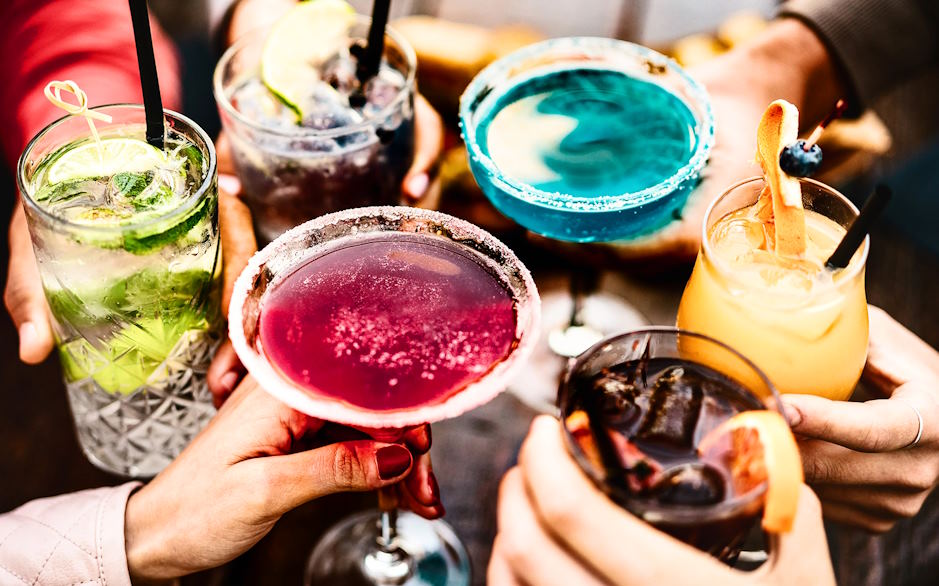
Innovative Mocktail Culture
Embracing mixology techniques for non-alcoholic beverages:
In the realm of mocktails, mixology has transcended the boundaries of alcoholic drinks and found a new home. Bartenders and mixologists are now applying their expertise to craft intricate and artful non-alcoholic beverages. Techniques such as muddling, shaking, stirring, and layering are skillfully employed to create mocktails with depth and complexity. The same attention to detail that goes into crafting a classic cocktail is now being directed towards the creation of innovative mocktails, resulting in drinks that are thoughtfully balanced, visually stunning, and bursting with flavors.
Creative ingredients and flavor profiles:
One of the hallmarks of the innovative mocktail culture is the use of creative ingredients and the exploration of unique flavor profiles. Mixologists are constantly experimenting with a wide array of fruits, herbs, spices, bitters, and botanicals to craft mocktails that offer a sensory journey. The incorporation of unexpected elements like infused syrups, homemade shrubs, and artisanal infusions adds depth and complexity to the flavors. From floral and herbaceous combinations to exotic fruit fusions and smoky undertones, the flavor profiles of mocktails have expanded, offering a diverse range of options to tantalize the taste buds.
Presentation and aesthetics in mocktail crafting:
Mocktails are not only about the flavors; they are a visual delight as well. Presentation and aesthetics play a crucial role in the mocktail culture, elevating the experience to new heights. Mixologists artfully garnish their creations with fresh herbs, edible flowers, citrus twists, and elaborate ice formations. Thoughtful glassware choices, color contrasts, and layering techniques add visual appeal. The goal is to create a drink that not only tastes exquisite but also looks stunning, capturing the imagination and enticing the senses from the first glance.
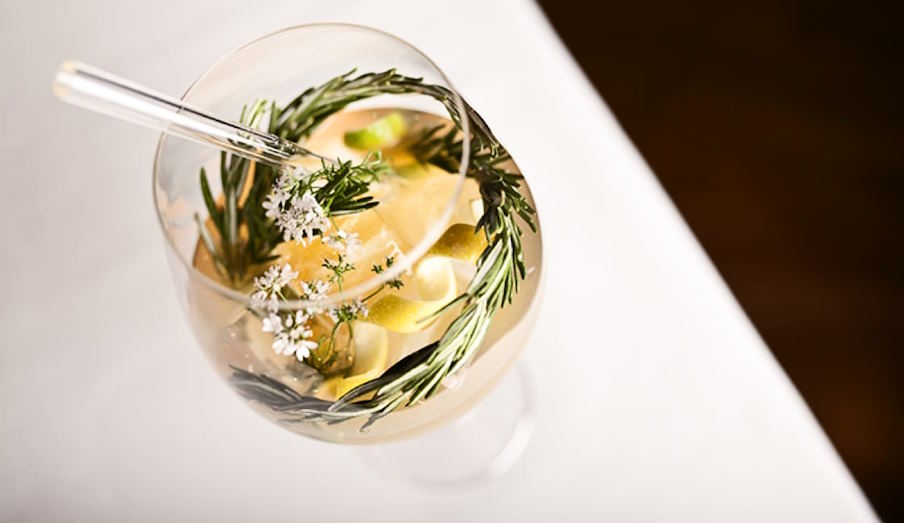
Mocktails and Social Experiences
Creating inclusive and enjoyable environments for all patrons:
Mocktails have played a significant role in creating inclusive environments within the hospitality industry. By offering non-alcoholic options that are equally enticing and sophisticated, establishments have become more welcoming to individuals who may choose not to consume alcohol for various reasons. Mocktails ensure that all patrons, regardless of their preferences or circumstances, can fully participate in the social aspect of dining and enjoy a thoughtfully crafted beverage that complements their culinary experience. This inclusivity fosters a sense of belonging and encourages diverse groups to come together and celebrate without any barriers.
Mocktail pairings with food and desserts:
Just as wine pairings enhance the dining experience, mocktails have emerged as the perfect companions to food and desserts. Mixologists and chefs collaborate to create harmonious flavor combinations, where the complexities of mocktails elevate the flavors of the dishes they accompany. From refreshing citrus-based mocktails that cleanse the palate to complex and herbaceous creations that enhance savory flavors, the art of mocktail pairing has added a new dimension to the dining experience. Mocktail pairings allow patrons to embark on a journey where each sip complements and amplifies the taste sensations of the cuisine, resulting in a truly memorable and cohesive culinary experience.
Impact on social dynamics and overall dining experience:
Mocktails have a profound impact on social dynamics within restaurants. They provide an alternative focal point for socializing, making conversations more inclusive and diverse. Mocktails encourage people to engage in discussions about flavors, ingredients, and experiences, fostering a sense of curiosity and connection among patrons. Moreover, the absence of alcohol ensures that individuals can fully immerse themselves in the present moment, promoting a mindful and engaging dining experience. The incorporation of mocktails in social gatherings also eliminates the pressure to consume alcohol and allows for a more balanced and enjoyable experience for everyone involved.

